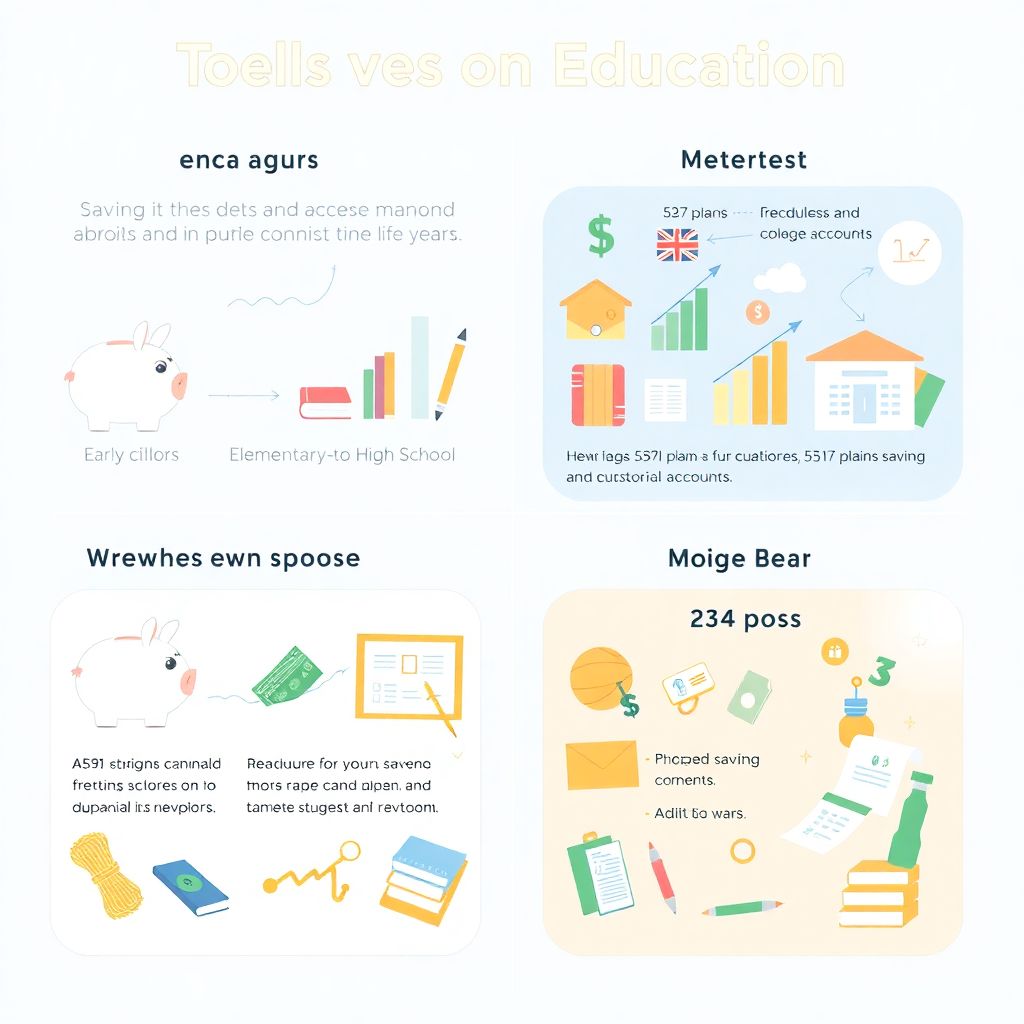Essential Tools for Saving on Education at Any Age

When it comes to saving for education throughout life, choosing the right financial tools makes all the difference. Depending on your age or your child’s, different accounts and strategies will suit your needs. One of the most popular options in the U.S. is the 529 College Savings Plan. As of 2024, over 16 million 529 accounts were active, with an average balance of $30,652 according to the College Savings Plans Network. These plans allow your money to grow tax-free if used for qualified education expenses. Other useful tools include Coverdell Education Savings Accounts, custodial accounts (UGMA/UTMA), and Roth IRAs, which can be used for education in certain cases. For adult learners, employer-sponsored tuition assistance and tax credits like the Lifetime Learning Credit can help offset costs.
Step-by-Step: Building an Education Fund Throughout Life

Saving for education isn’t a one-size-fits-all journey—it evolves with your financial situation and life stage. Here’s how to approach it step by step:
1. Early Childhood (0–5 years): Start early with a 529 plan or custodial account. Even small monthly contributions grow significantly through compound interest over 15+ years. Automate deposits to build consistency.
2. Elementary to High School (6–17 years): Increase contributions as your income grows. Consider prepaid tuition plans or explore ESA accounts for private school tuition. Educate your child about budgeting and goals.
3. College Years (18–22 years): Use saved funds strategically. Prioritize grants and scholarships first, then use 529 funds. Track expenses to stay on budget. Consider part-time work or federal work-study programs.
4. Adult Education (23+ years): Returning to school? Tap into tax credits like the American Opportunity Credit (up to $2,500 per year) or Lifetime Learning Credit ($2,000 per year). Look into employer-sponsored education benefits—70% of large employers offered some form of tuition reimbursement in 2023, per SHRM.
By tailoring your savings strategy to each life stage, you maximize the flexibility and potential of your education fund.
Troubleshooting Common Roadblocks in Education Savings

Even the best-laid savings plans can run into bumps. Maybe your contributions aren’t growing, or you’ve had to pause saving due to financial strain. First, don’t panic. If your 529 account isn’t performing as expected, review your asset allocation—your investment mix might need adjusting as your child gets closer to college age. Market fluctuations are normal, but switching from aggressive to moderate or conservative options can reduce risk over time.
Another common issue? Falling behind on contributions. In 2023, a Sallie Mae report showed that 43% of families planned to save but didn’t due to unexpected expenses. If this sounds familiar, consider setting up automatic transfers—even $25 a month makes a difference. Also, check for scholarships and grants early on; billions go unclaimed every year due to lack of awareness.
Finally, if you’re an adult learner trying to return to school, don’t assume loans are your only option. Many community colleges and state schools offer low-cost certificate programs, and as of 2024, 21 states have free tuition initiatives for residents. Be sure to explore those first before touching your retirement savings or taking on debt.
By preparing for challenges and adjusting along the way, education savings can remain a realistic and rewarding goal—no matter your age.

